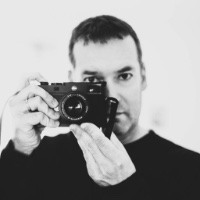ColorEfex Kodachrome Simulation
-
Recently Browsing 0 members
- No registered users viewing this page.
-
Similar Content
-
- 306 replies
- 23,220 views
-
- 3 replies
- 462 views
-
- 10 replies
- 4,396 views
-
- 2 replies
- 469 views
-
- 27 replies
- 4,575 views
-




Recommended Posts
Join the conversation
You can post now and register later. If you have an account, sign in now to post with your account.
Note: Your post will require moderator approval before it will be visible.